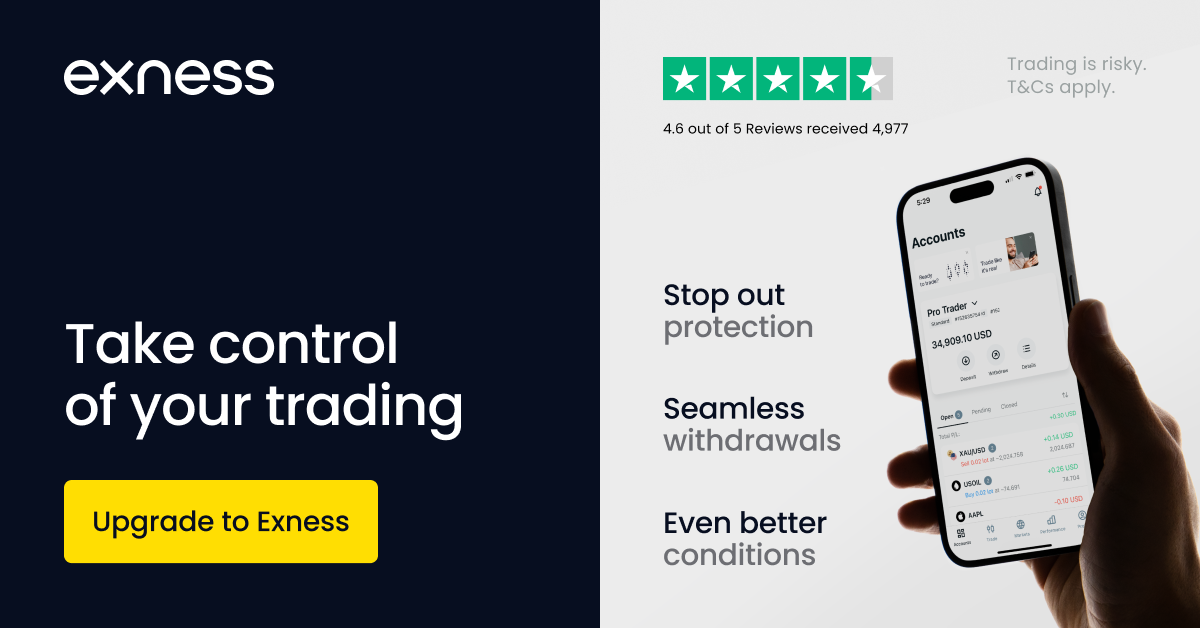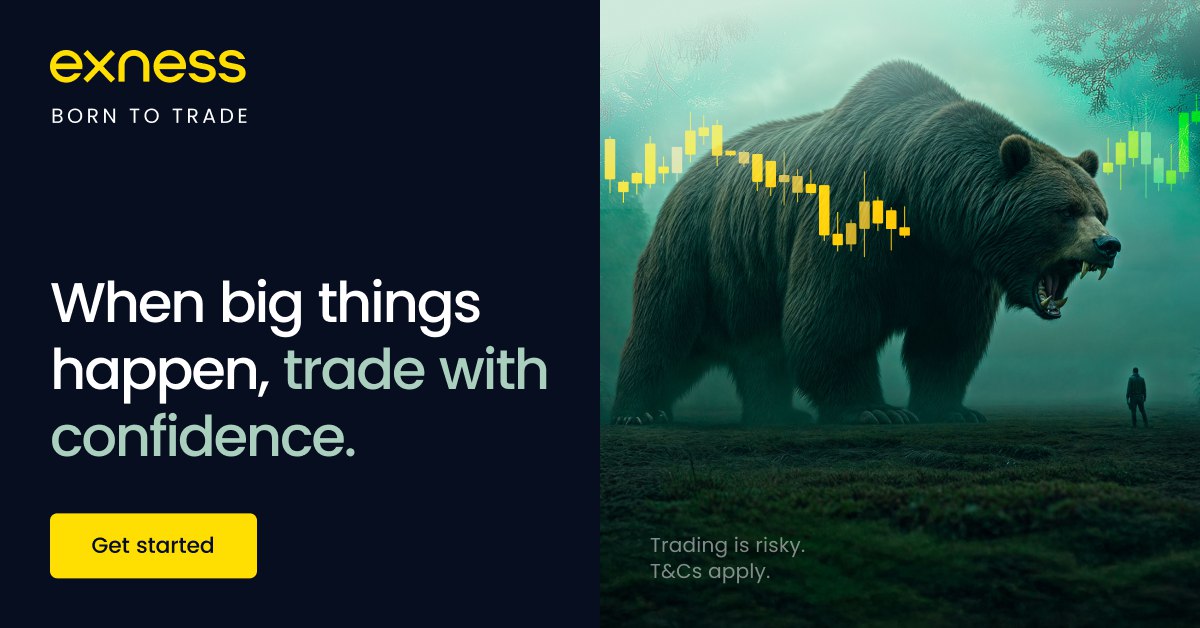
4 minute read
How Exness Stop Out Level Affects Your Trades?
One of the most critical yet often overlooked aspects of trading is understanding how the Stop Out Level works—especially on platforms like Exness. If you’re a trader using leverage, ignoring this key metric can lead to automatic closure of your positions and significant capital loss.
👉 Sign up for an Exness account to explore how Stop Out Levels work in real trading environments.

🧠 What is a Stop Out Level in Exness?
In simple terms, the Stop Out Level is the margin threshold at which Exness begins to forcibly close your open trades to prevent your account from falling into negative equity.
This level is typically expressed as a percentage—calculated using the following formula:
Margin Level = (Equity / Used Margin) × 100
When your margin level drops to the stop out level (e.g., 0%, 30%, or 50%, depending on account type), Exness will begin automatically closing positions starting with the ones that are losing the most.
⚠️ How Stop Out Level Affects Your Trades
The impact of the stop out level on your trading cannot be underestimated. Here are the key ways it can influence your trades:
1. Forcible Position Closure
When your margin level drops to the stop out threshold, Exness immediately starts closing positions to protect your remaining funds. This can happen even if the market is about to rebound—leading to missed recovery opportunities.
2. Reduced Control Over Your Trades
Stop outs are automated. That means you don’t choose which trades get closed—the system decides based on which are least profitable. This can throw off your strategy, especially in portfolio-style trading.
3. Loss of Partial or Full Capital
If stop out occurs frequently, you're not only losing positions—you’re also potentially eroding your trading capital. This makes risk and margin management essential.
Read more:
EXNESS Go Review 2025: Pros and Cons
Difference between EXNESS and EXNESS GO Review 2025
how to trade XAUUSD in EXNESS, gold trading in EXNESS
📌 Want to avoid stop outs? Start by understanding your account type.👉 Compare Exness account types here

🔍 Example: Real-World Impact of Stop Out Level
Imagine you open several positions on EUR/USD and GBP/USD using $500 equity with 1:100 leverage. If the market turns against you and your equity drops while your margin remains used, your margin level can fall to the stop out threshold.
Let’s say you’re on a Raw Spread account with a 50% stop out level. As soon as your margin level drops to 50%, Exness will begin closing trades—even if you're only temporarily in drawdown.
This not only interrupts your strategy but might also lock in losses you could have recovered.
💡 Tips to Manage Stop Out Risk
To trade more confidently with Exness and avoid hitting the stop out level, follow these strategies:
✅ Use Conservative Leverage
High leverage means higher risk. Adjust leverage to suit market conditions and capital.
✅ Monitor Margin Level Constantly
Keep your margin level well above the stop out level. A healthy buffer is 200% or more.
✅ Utilize Stop-Loss Orders
Set smart stop-losses to manage risk before margin calls or stop outs are triggered.
✅ Add Extra Funds When Needed
If your equity drops, a quick deposit can keep your margin level safe.
👉 Open a real Exness account and use real-time margin monitoring tools on MT4/MT5.
🛡️ Does Exness Protect You from Going Negative?
Yes. Exness provides negative balance protection, which means you won’t owe more than what’s in your account. However, it’s still up to you to monitor your positions closely to avoid stop out conditions.
📊 Final Thoughts
The Exness Stop Out Level is not just a risk management tool—it's a trading reality. Understanding how it works and how it affects your trades can mean the difference between long-term success and avoidable losses.
Stay disciplined, monitor your equity and margin daily, and don’t wait until it’s too late to act.
🚀 Ready to take control of your margin and stop outs?👉 Start trading with Exness today and build a solid risk management strategy.
See more:
How to create an account with EXNESS
How to Open a Standard Account in Exness
Benefits of Using a Standard Account in Exness










